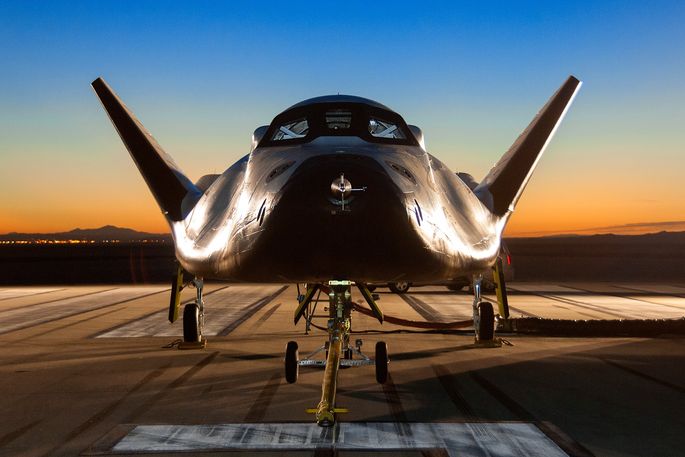Sierra Nevada Corporation (SNC) has released a new video which summarizes the development, testing and manufacturing of America’s next generation Space Shuttle: the Dream Chaser spacecraft.
U.S. lost the capability to launch NASA’s astronauts into space after the Space Shuttles were retired in 2011. Since then, American astronauts can travel to the International Space Station thanks to Russia’s Soyuz, with expensive tickets that cost U.S. taxpayers some 60 million USD each…
In three years, Washington could be able to restore its autonomous capability, perhaps thanks to the Dream Chaser spacecraft.
The Dream Chaser is actually one of the three commercial spaceflight transportation systems currently being developed with the financial and technical support of NASA (the other two being Boeing CST-100 and SpaceX Dragon).
NASA should select two, or maybe one of these projects to launch men in space.
Dream Chaser’s first flight is set for Nov. 1, 2016, when the mini-Orbiter will launch atop an Atlas V rocket from Kennedy Space Center.
Although its debut flight as a Space Shuttle replacement will be unmanned, the Dream Chaser is designed to carry up to seven astronauts into orbit.
The spacecraft will just spend one day in orbit before starting re-entry procedure and eventually land on an airfield located in the U.S. West Coast. Then, the first mission featuring some human presence is planned in 2017.
In the meanwhile, testing, further development and some troubleshooting (you may remember the Dream Chaser suffered a landing gear problem and flipped over at the end of its first test flight in October 2013) continue.
Top image credit: SNC

















